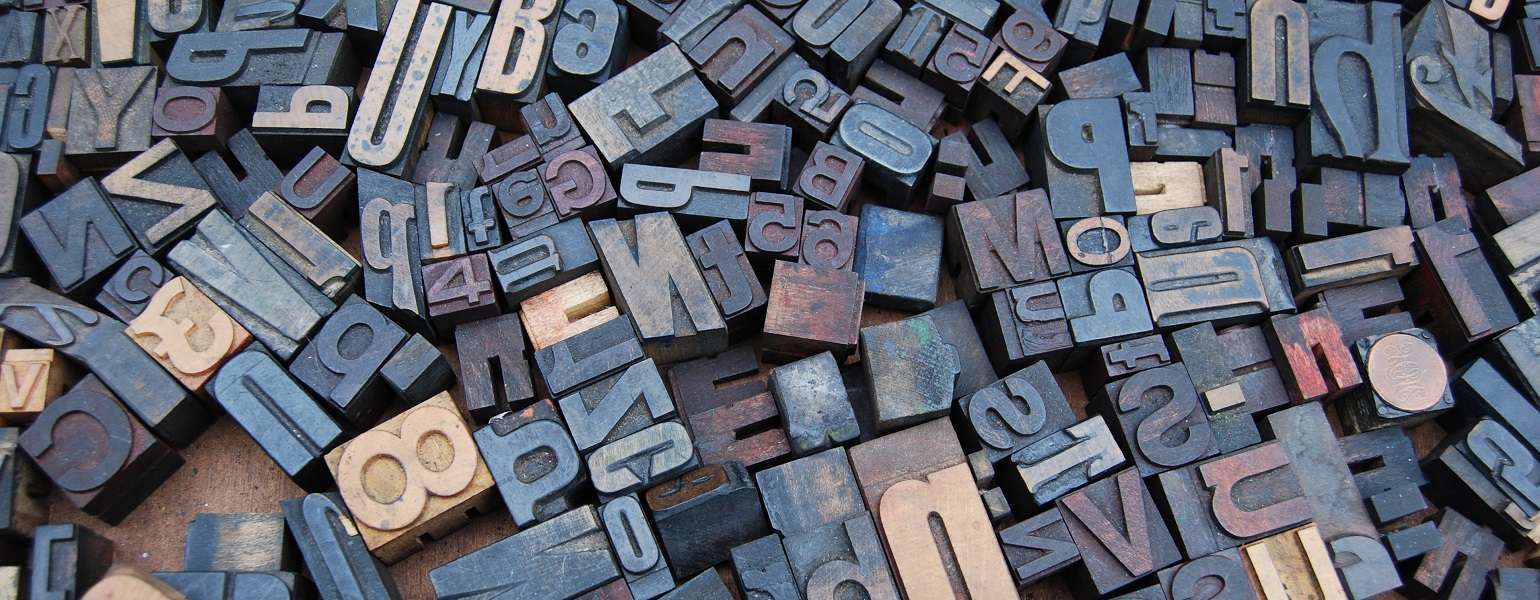Designer Jess Dutton looks at how typography influences our purchasing decisions.
Typography plays a key role within the world of design. It’s a world of visual language in which designers use typefaces as a descriptive tool to enhance the understanding of the message they’re communicating through written form. This insight explores how the marketing industry can use typography to their advantage.
The style in which a typeface is designed provides it with an overall personality, tone of voice and volume. Designers use these aspects of typography to their advantage, helping them enhance the understanding of a message, an image, a feeling or a personality of a piece. In the 1990 book Decorative Typography, Maggie Gordon and Eugenie Dodd expanded on this while emphasising the designer’s duty of selecting the perfect typeface for the relevant piece of artwork:
“Like people, letters come in different shapes, sizes and weights, each with a personality ranging from the classic to the bizarre. To use a typeface properly needs as much attention as matching the cut and colour of your clothes to your own personality.”
Throughout our everyday lives we are constantly surrounded by a vast array of type, whether it be within the home, on our food and cosmetic packages or outside displayed upon shop signs and windows. Unaware to us, our subconscious forms an instant understanding of what we believe this typographical language is communicating.
Consumers depend greatly on the aesthetics of a product’s packaging, specifically the typographic design, to explain not only what the product is but also its quality, brand personality and price range. An assisting element of importance within a package’s typography is the readability of the text: ensuring any wording is easily legible will help consumers quickly read and understand your product whereas difficult-to-read fonts, due to spacing, size and colour, will turn consumers away.
The psychological theory Gestalt, when applied to principles of design, states that the brain tends not to focus on the individual letters of a word, but rather applies a universal understanding to how the entire word is typographically designed and what message this design is communicating. Therefore this theory highlights the vital importance of typography within industries such as marketing, especially seeing as one-third of consumer decision-making is based on packaging design alone.
The consumer’s interpretation of the typographic design of a product’s packaging leads to opinions being formed that stimulate either a purchase or the decision to put the product back on the shelf.
